

Guild Wars 2 is now nearly two months out from its launch date. Hundreds of thousands of gamers have had the opportunity to explore the world of Tyria, filled with deep trenches, tall mountains, towering cities, and dangerous fauna. Not only was ArenaNet’s sequel poised to topple its fellow contenders in the genre, Guild Wars 2 promised an evolution of MMO gaming — something gamers had never seen before. Read our review to find out if they accomplished their monumental task.
Game Rant has already spent a significant amount of time with Guild Wars 2, from the first hands-on preview at PAX East in 2011, to the beta weekends earlier this year, all the way until late August/early September when the game launched. Looking back, that much hands-on coverage may seem like overkill, but after these past two months immersed in the game, it was definitely necessary to form a complete opinion of Guild Wars 2.
The most important and striking innovation of Guild Wars 2 is the cohesiveness of the grand world ArenaNet has crafted. Unlike many other MMOs, Guild Wars 2 feels like one seamless package. Because the core mechanics of questing, combat, and progression remain ubiquitous throughout every mode in the game, the learning curve is drastically flattened.
The original Guild Wars took many of the most common MMO tropes and flipped them on their head. The entire world was suddenly instanced, other than the hub towns where players could meet to group up. Loot and gold mattered far less than builds and skill. Player vs. player was not just a fun distraction, but a fiercely competitive game in its own right, with tournaments, ladders, and more modes than I care to list.
Guild Wars 2 appears to be a compromise between the first Guild Wars and the other MMOs on the market. It was inevitable that the extremely complicated (yet entirely rewarding) systems of the prequel would have to be toned down if ArenaNet was going to reach a larger audience. In many ways, they have managed to do this without forsaking the fans of the first game.
Combat is not only dynamic and entertaining, but wildly varies from one class to another. Playing as a thief forces a player to be quick on the keys, moving in and out of range of the enemy to stab and vanish before being mowed down. Elementalists are all about projectile damage, summoning fireballs from the sky or freezing the enemy in place. Mesmers confuse opposing forces, Warriors prefer attacking head on, Engineers can lay down turrets for supporting fire — the list goes on.
The one bullet point that every analysis of Guild Wars 2 has to touch on is its dedication to discovery and exploration. More than in almost any other MMO since EverQuest, Guild Wars 2 is centered around the idea of setting players loose on a wide open world and letting them figure out how they would like to tackle the challenges they come across. Every new area players find gives a significant experience boost, and fully mapping out any area rewards players with treasure chests full of level-appropriate goodies. In each map, there are five sets of objectives that must be completed.
Guild Wars 2 handles player vs. player in a very different manner than its predecessor. Rather than separating the two modes of play, players are now able to jump into a world vs. world or structured PvP match right out of the gate. The level scaling system present in the PvE world is reversed for PvP, and players are auto-leveled straight to 80, the max level in Guild Wars 2.
WvW is a PvP mode that not many MMOs have had the courage to attempt over the past several years. Mythic Entertainment coined the term Realm vs. Realm when Dark Age of Camelot implemented a mode where a huge team made up of a single server would fight against other servers in large-scale battles. Guild Wars 2 has four maps as big as any PvE zone where three servers are constantly warring over territory. By allowing players to level up, collect loot, and even gather resources on these maps, even the PvP-averse will find a reason to join in the server-mixing madness.
Structured PvP is the more prototypical mode. Teams of five fight on smaller maps, capturing locations and killing enemies to gain points. It can be a bit choatic – although losing the “holy trinity” of tank, DPS, and healer has opened up the game for every class to be self-sufficient, it also eliminates some of the team strategy normally required in a match such as this.
Here’s the biggest issue: because everything is presented as a laundry list of sorts, the game begins to feel like a grind after so many hours of trying to complete the prerequisites for every region in the game. The combat is engaging, the world is immersive and gorgeous, and all the individual systems (AI, leveling, guilds, etc.) work perfectly, but the presentation of every map as a checklist can wear on a gamer.
As the first major content update launches this week, ArenaNet will be able to start molding Guild Wars 2 into the game that they envisioned it would be. The Guild Wars that launched back in 2005 is a completely different game than the Guild Wars of 2012. ArenaNet knows the difference between launched and finished. Once the Live Team gets their hands on this revolutionary MMO, all the problems that players have with the game should start to disappear, and mountains of content will begin to build up.
Guild Wars 2 may be a very different game by this time next year, but looking at ArenaNet’s track record, that could be a very, very good thing.
Guild Wars 2 is available now for PC and Mac.


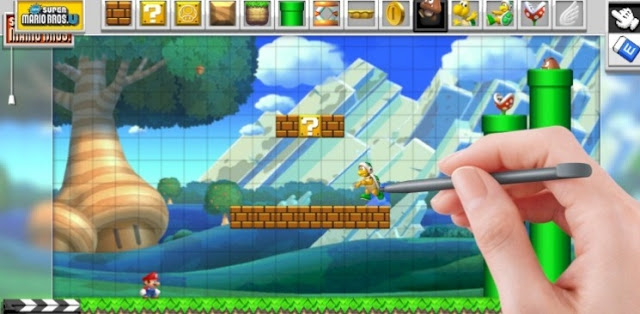

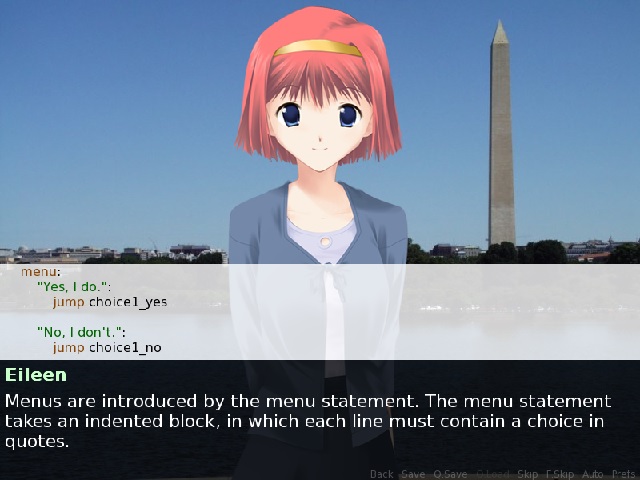 Learn To Make Your Own Visual Novels With Ren'Py, Or Play One Of These
Learn To Make Your Own Visual Novels With Ren'Py, Or Play One Of These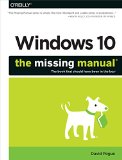 10 Great Gifts for Windows Users
10 Great Gifts for Windows Users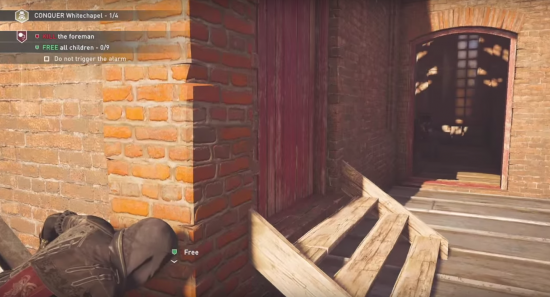 AC Syndicate Sequence 3 - To Catch an Urchin Guide
AC Syndicate Sequence 3 - To Catch an Urchin Guide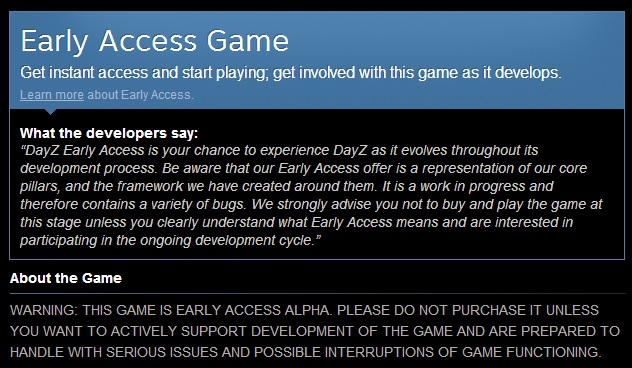 I Promise Steam Early Access Isn't Ruining Gaming [Opinion]
I Promise Steam Early Access Isn't Ruining Gaming [Opinion]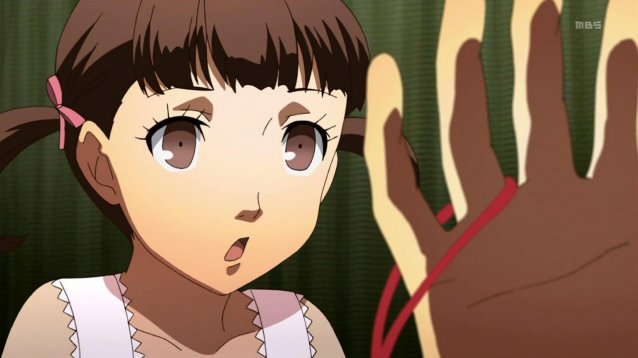 You Might Get An Unsatisfying Ending In Persona 4 Golden
You Might Get An Unsatisfying Ending In Persona 4 Golden